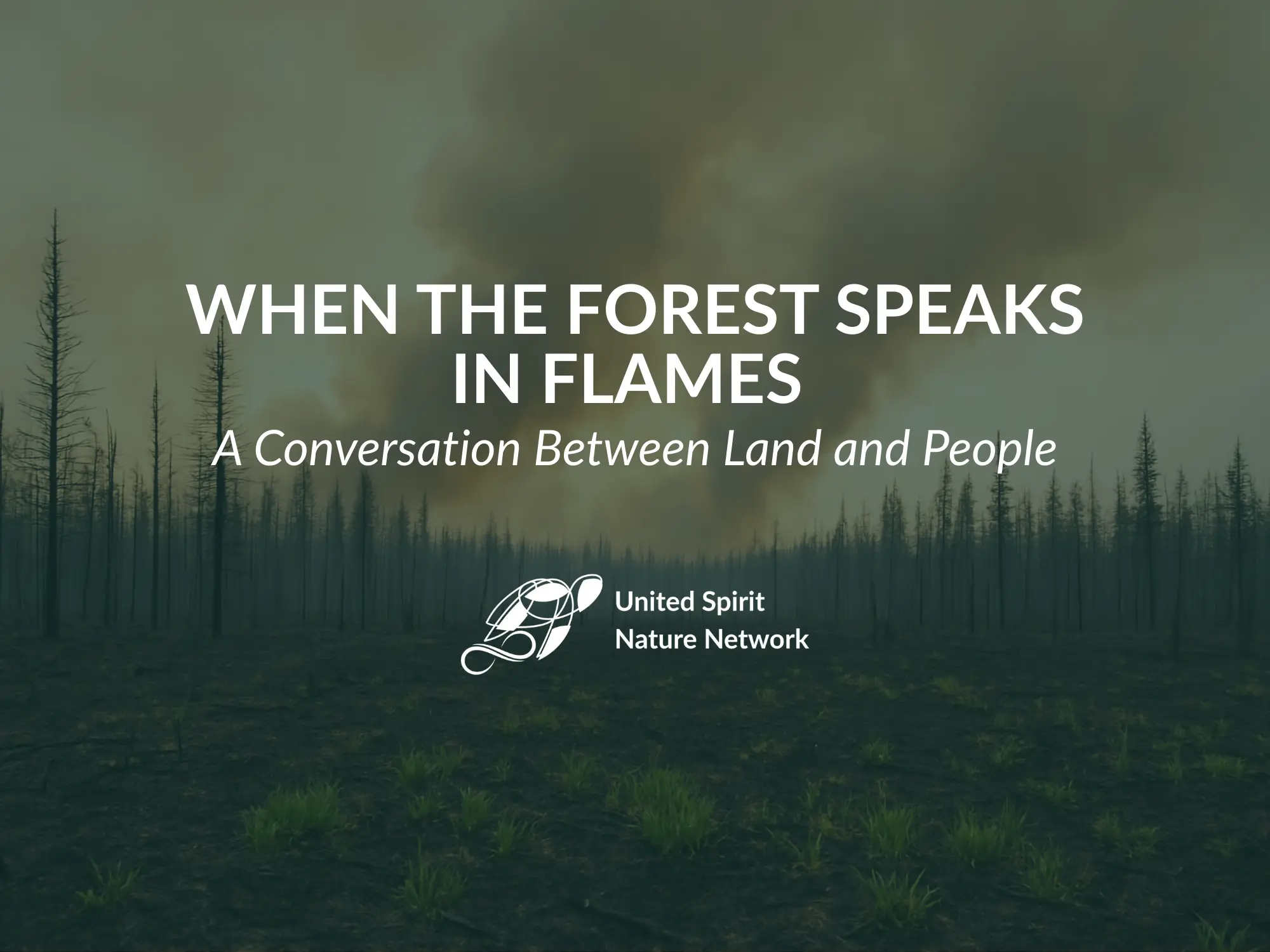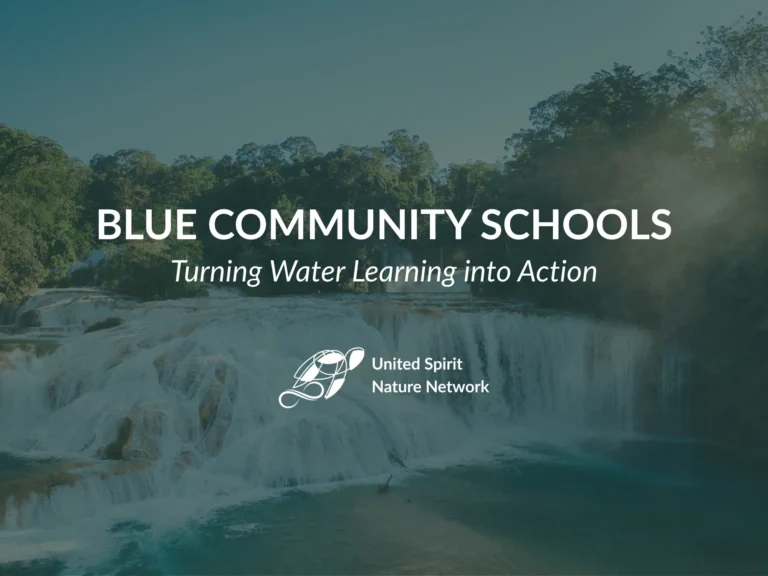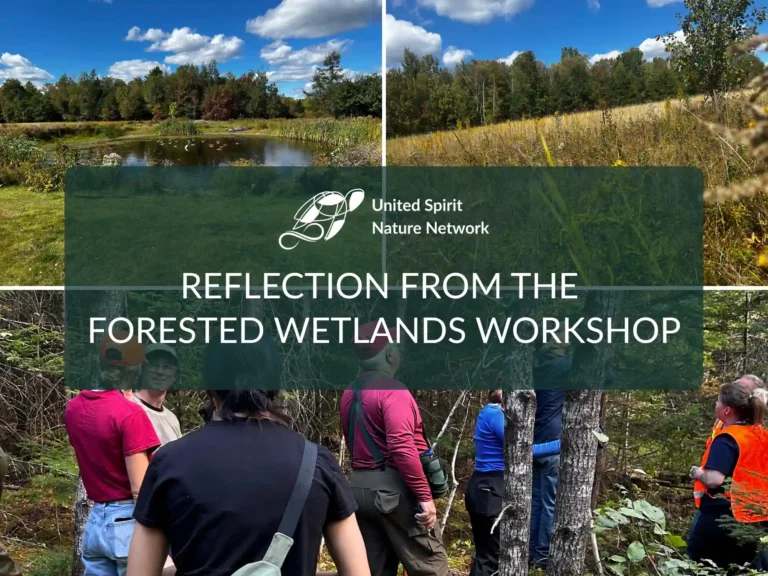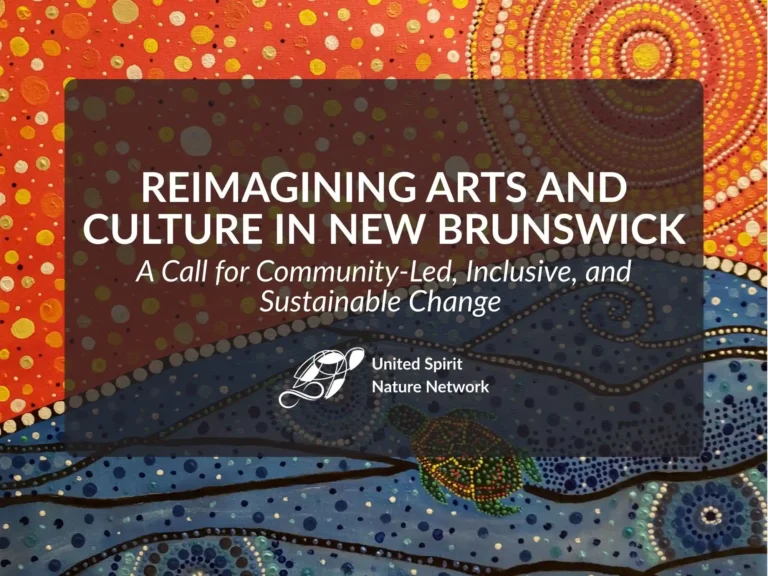When the Forest Speaks in Flames: A Conversation Between Land and People
In New Brunswick this summer, the forest has been speaking in the language of fire. Not a whisper, not a murmur, but a sharp, relentless call. Thirteen active fires remain scattered across the province. Some are small enough now to be watched from a distance, their edges cooling under the watchful eyes of patrolling crews. Others, like the Oldfield Road fire near Miramichi, are still fierce, more than 1,300 hectares of stubborn, burning land refusing to be tamed. It’s been over a week, and the flames still hold their ground.
I think about Irishtown, once a name carried in anxious updates, now spoken with relief. That fire has been contained. It’s a reminder that even in a season of chaos, there are victories, pockets of hope where the balance tips back toward life. But hope is not a reason to turn away. Fires in Nova Scotia’s Annapolis Valley have pushed families from their homes, forcing them to watch as the treetops ignite in crowning flames that leap across the canopy. And in Newfoundland and Labrador, a single blaze has devoured over eighty square kilometres of land, taking with it as many as a hundred homes. These aren’t just numbers; they’re places where children played, where elders gathered, where gardens grew in peace.
From where I stand, as part of the United Spirit Nature Network, this moment feels both urgent and ancient. Urgent because climate shifts are drying our soils and feeding our winds, making fire seasons longer and fiercer. Ancient because fire itself is not new here, it’s part of the land’s own memory, an old teacher in both destruction and renewal. But today, we are not meeting that teacher with respect. Too often, we meet it unprepared.
What is happening now along the east coast of Canada is not separate. The smoke doesn’t pause at provincial borders. It drifts from Miramichi to the Annapolis Valley, from Nova Scotia to Newfoundland. Our communities breathe it in together, even if the flames are far from our doorsteps. And our response must also move without borders, sharing helicopters, sharing teams, and, perhaps most importantly, sharing wisdom.
I think about the old fire knowledge carried in Indigenous traditions, burning done with intention, in seasons chosen by the land, guided by the rhythms of wind and rain. This is the kind of relationship with fire that sees it not only as a threat but also as a tool for balance. Bringing that knowledge forward isn’t just respectful; it’s necessary if we want to keep our forests alive in the decades to come.
The land is thirsty now. Restrictions on burning or camping are not inconveniences, they’re acts of care, the same way we might tend to a fevered child. The trees speak their need in brittle leaves and cracked soil. Listening is part of protecting.
And yet, even in the blackened aftermath, life will return. I’ve walked those places where the ground still smells of smoke but tiny shoots are already pushing up, green against the char. I’ve heard the loons return to quiet lakes after months away. Fire takes, but it also clears, and in that clearing, something new always begins.
In this season, we are called to act, not in panic, but in steady, deliberate care. The forest is speaking, and whether it’s through the roar of flames or the rustle of regrowth, it is asking us to remember: we are part of this living system. How we respond now will shape not only the recovery of these woods but the story they tell for generations to come.








